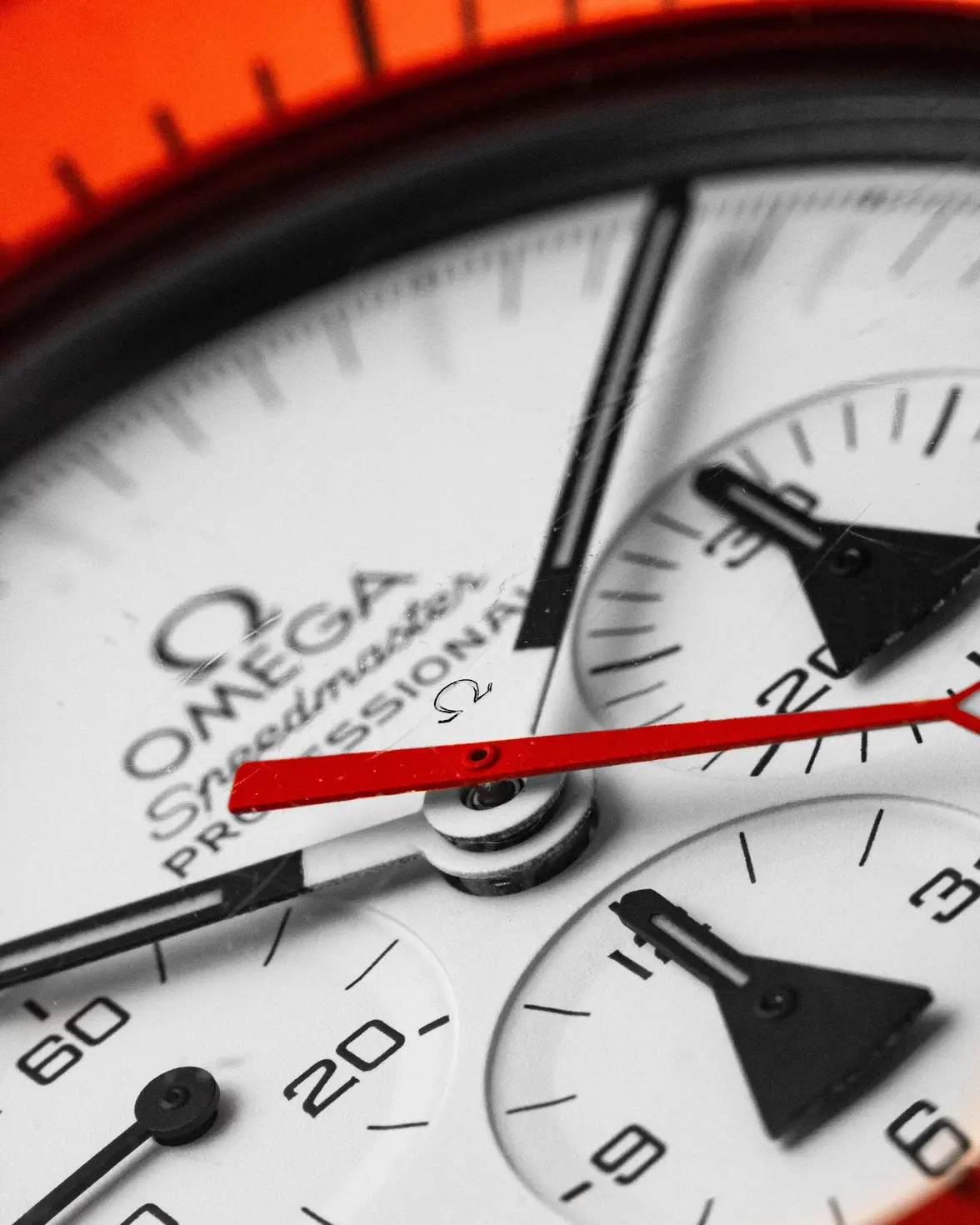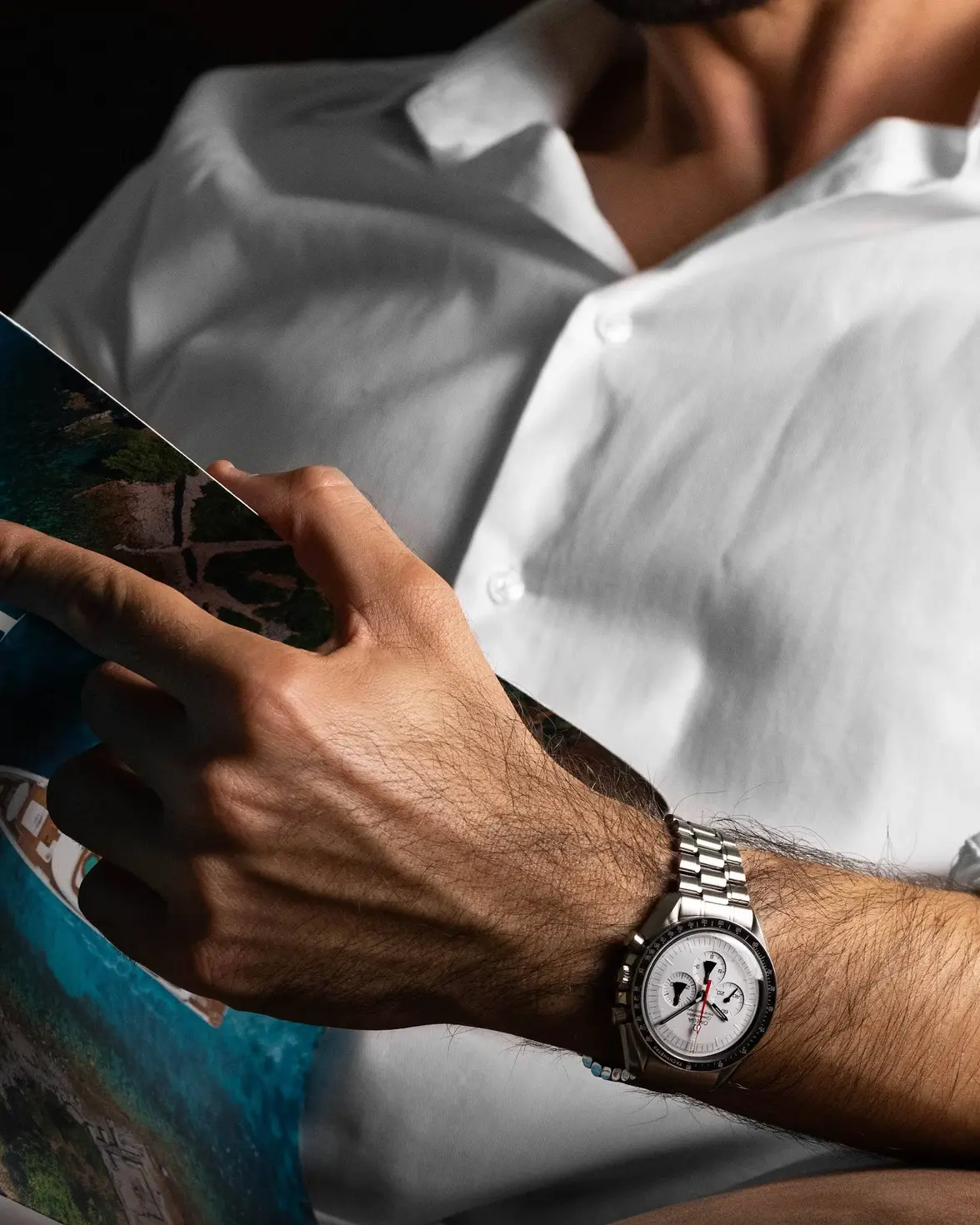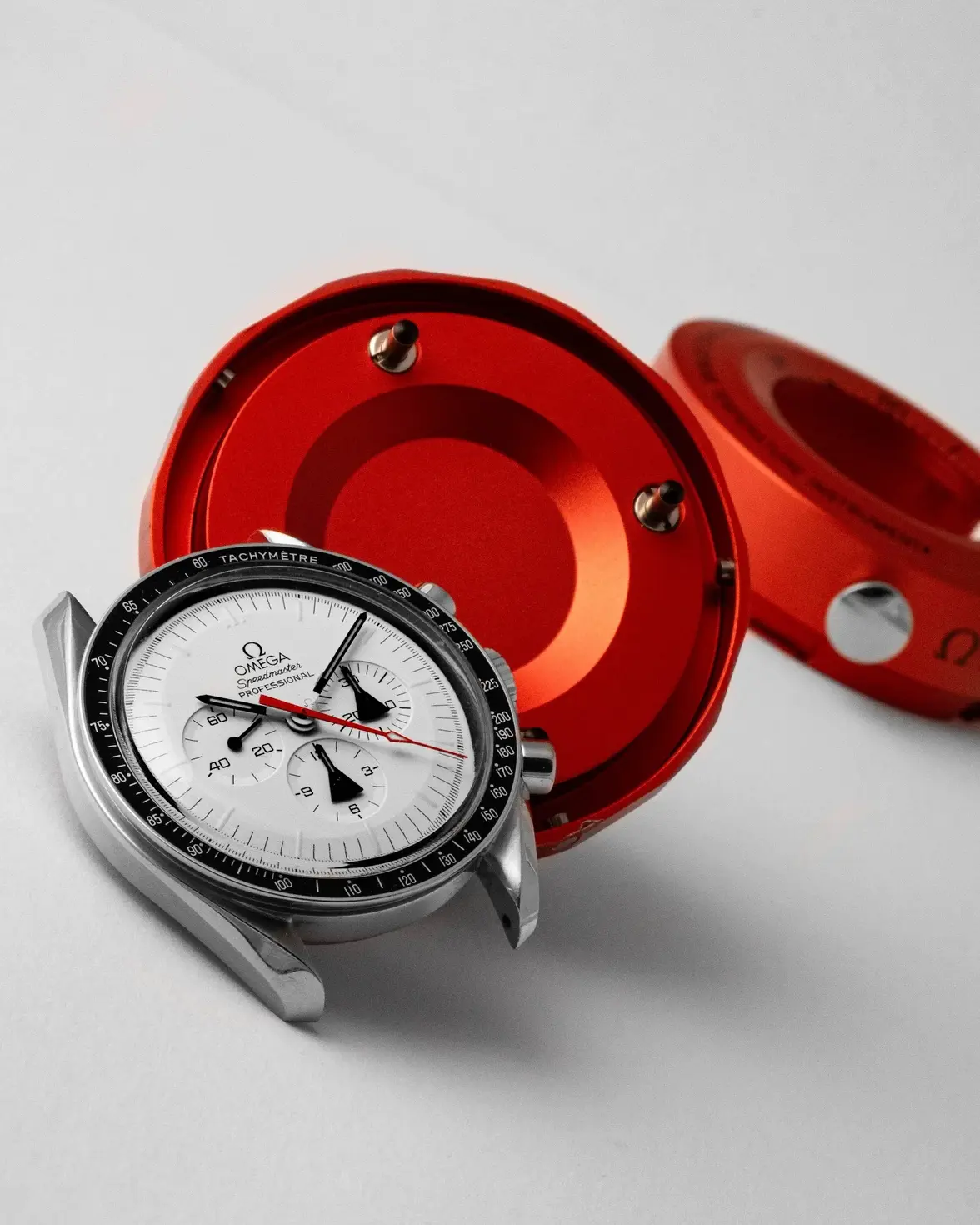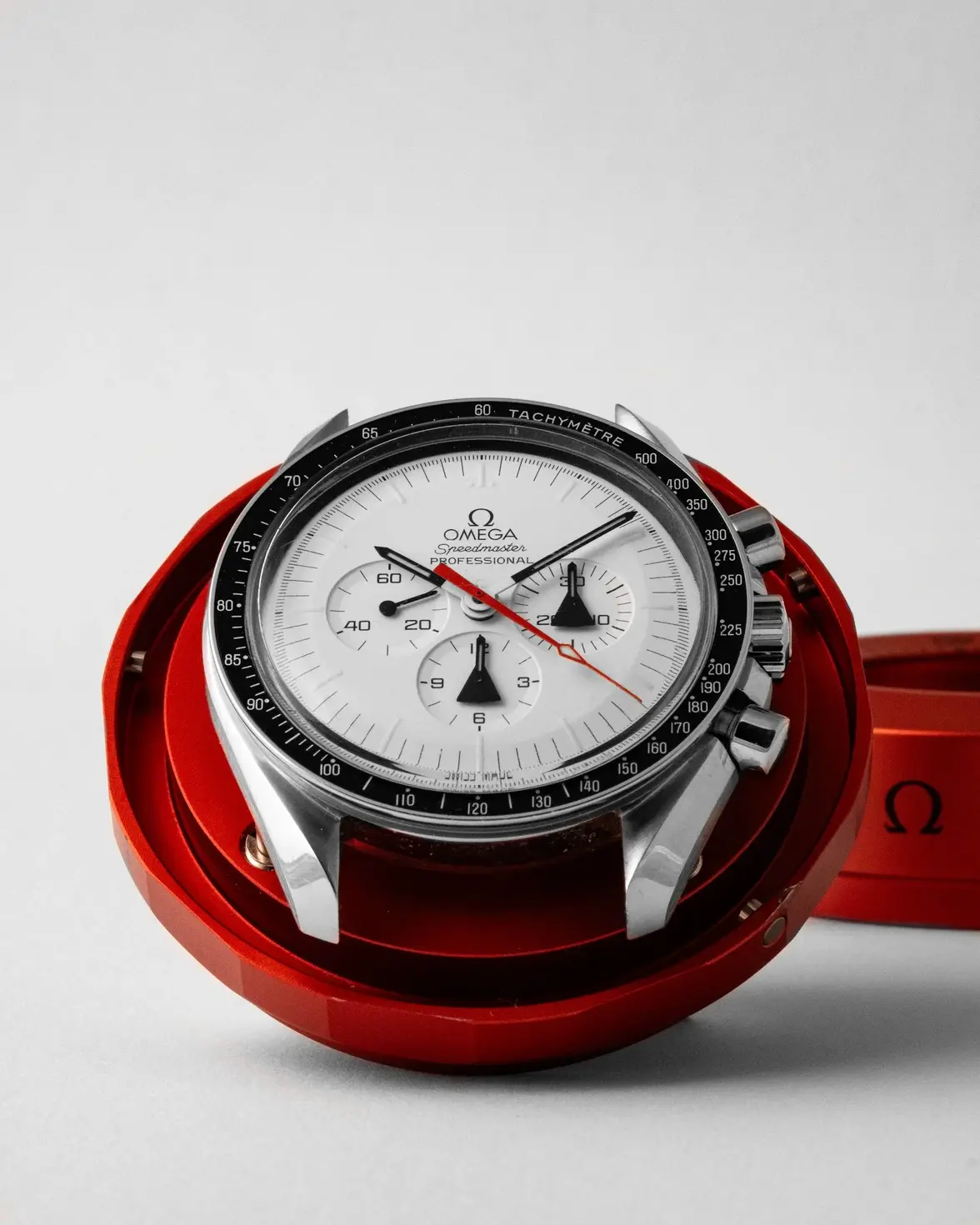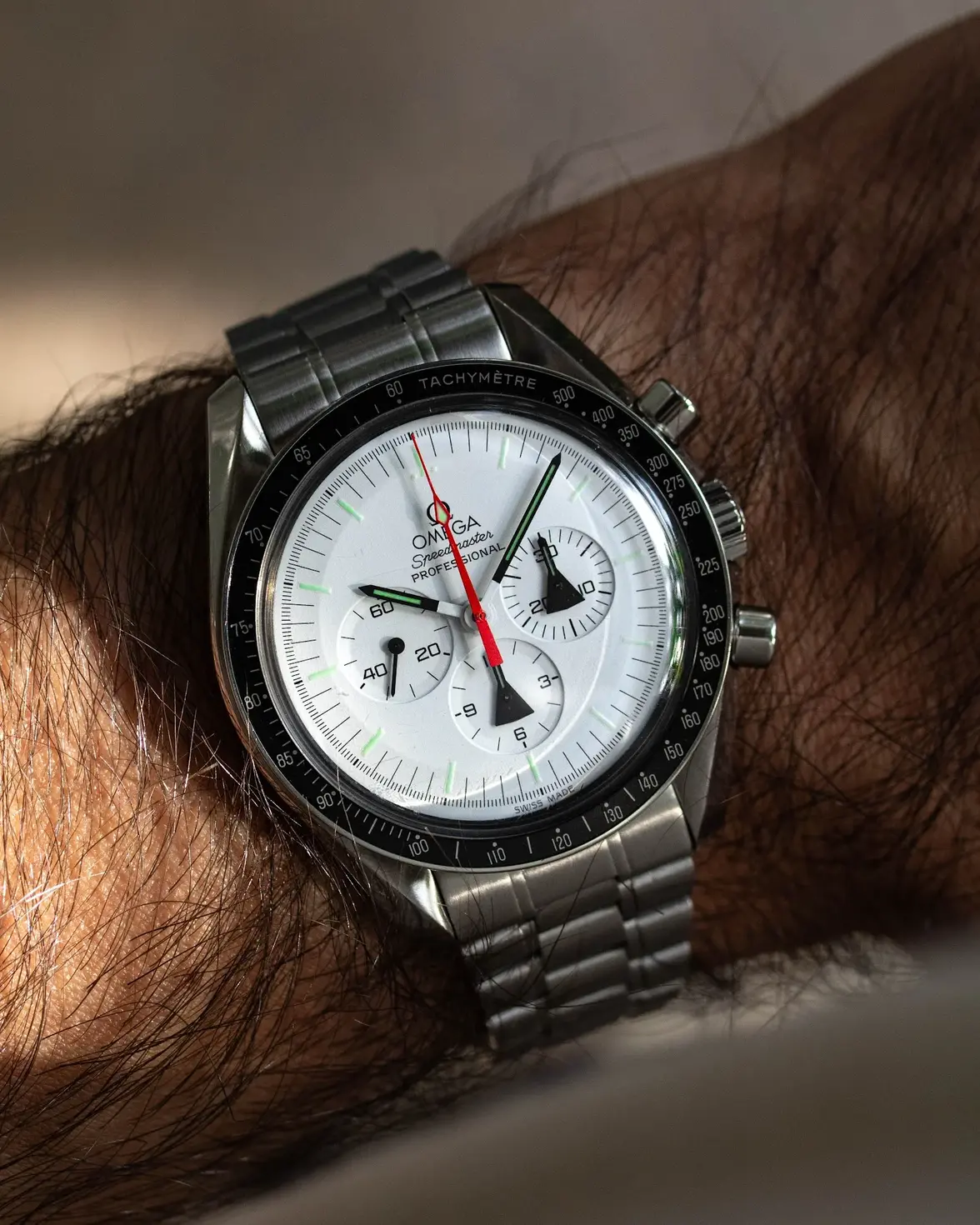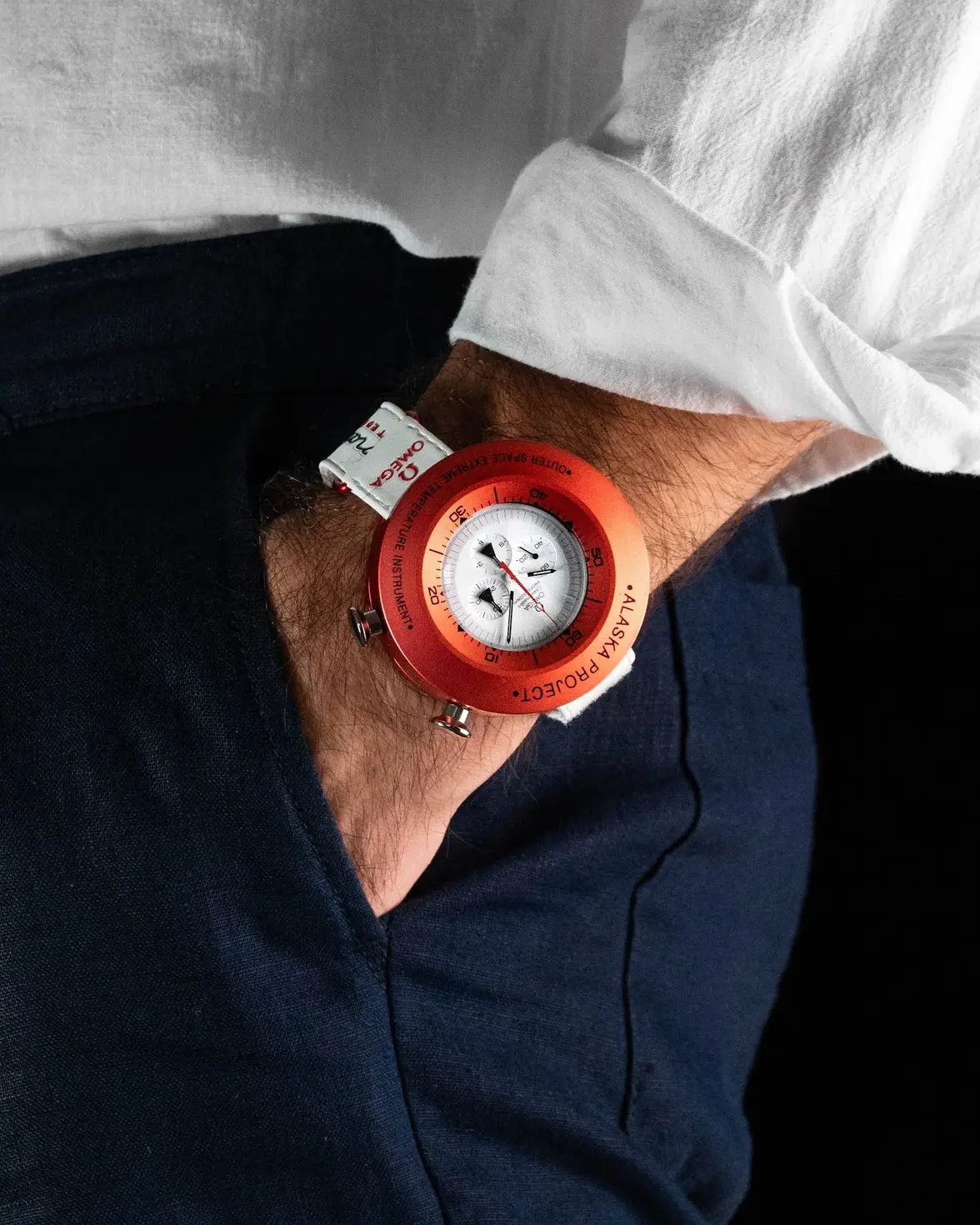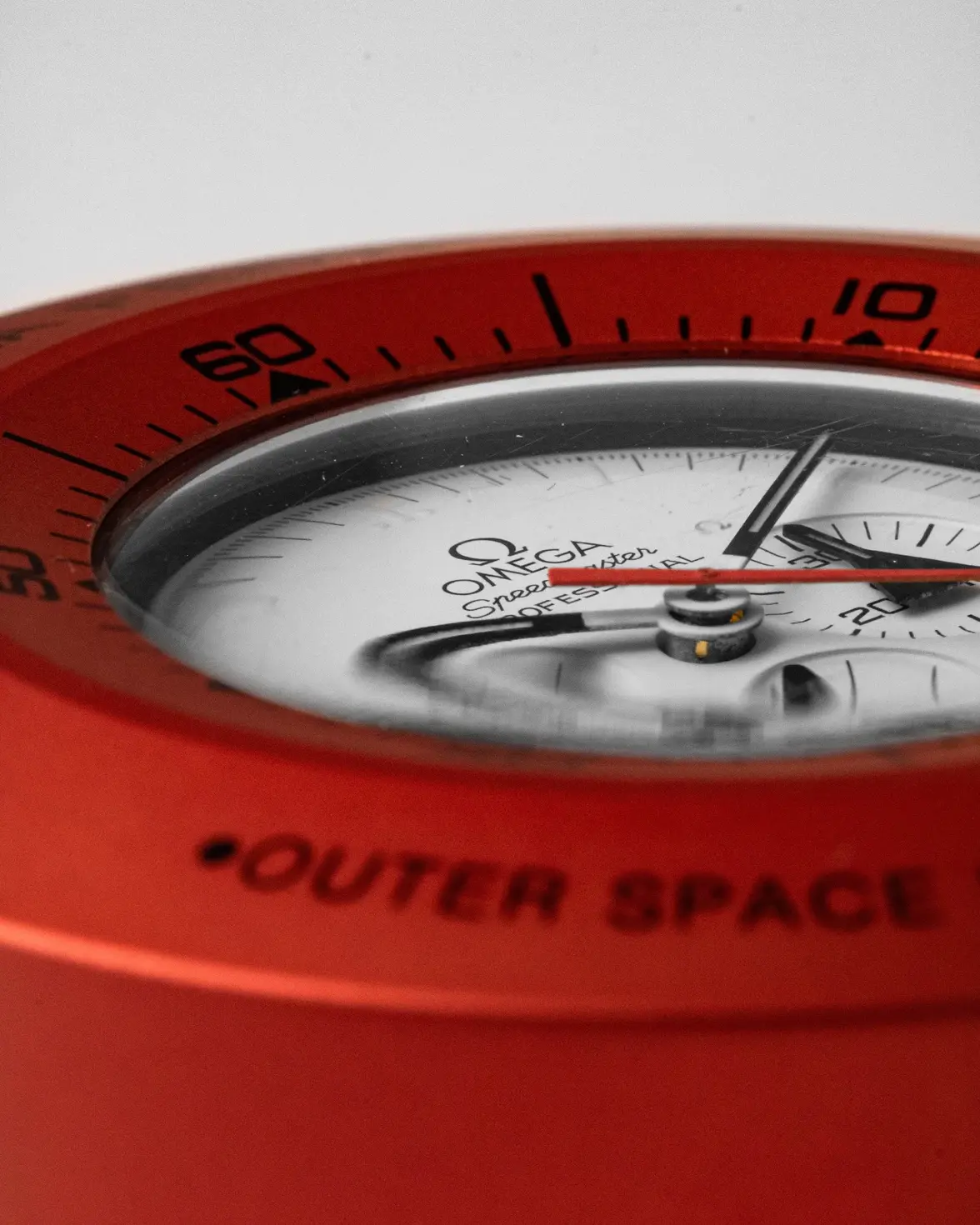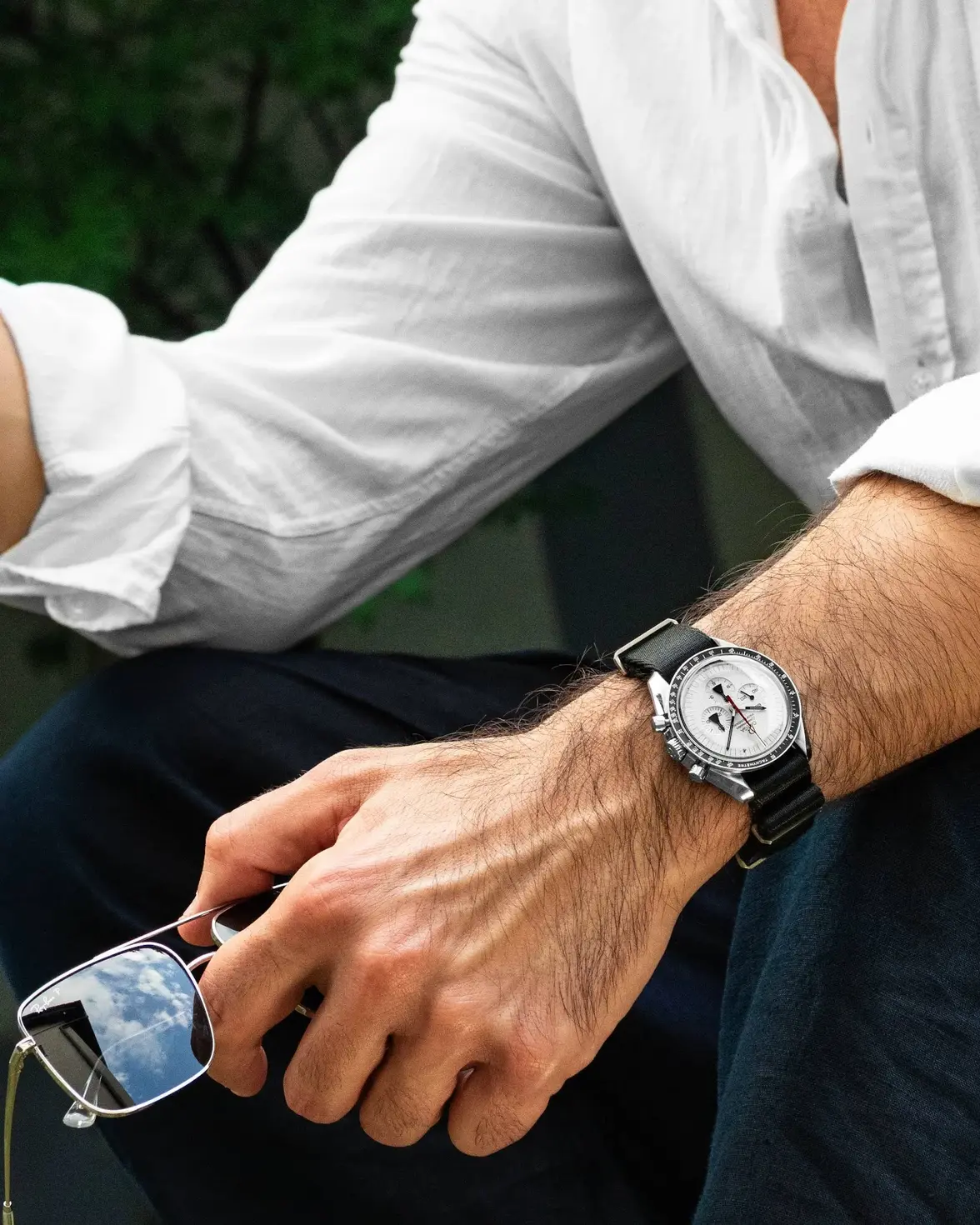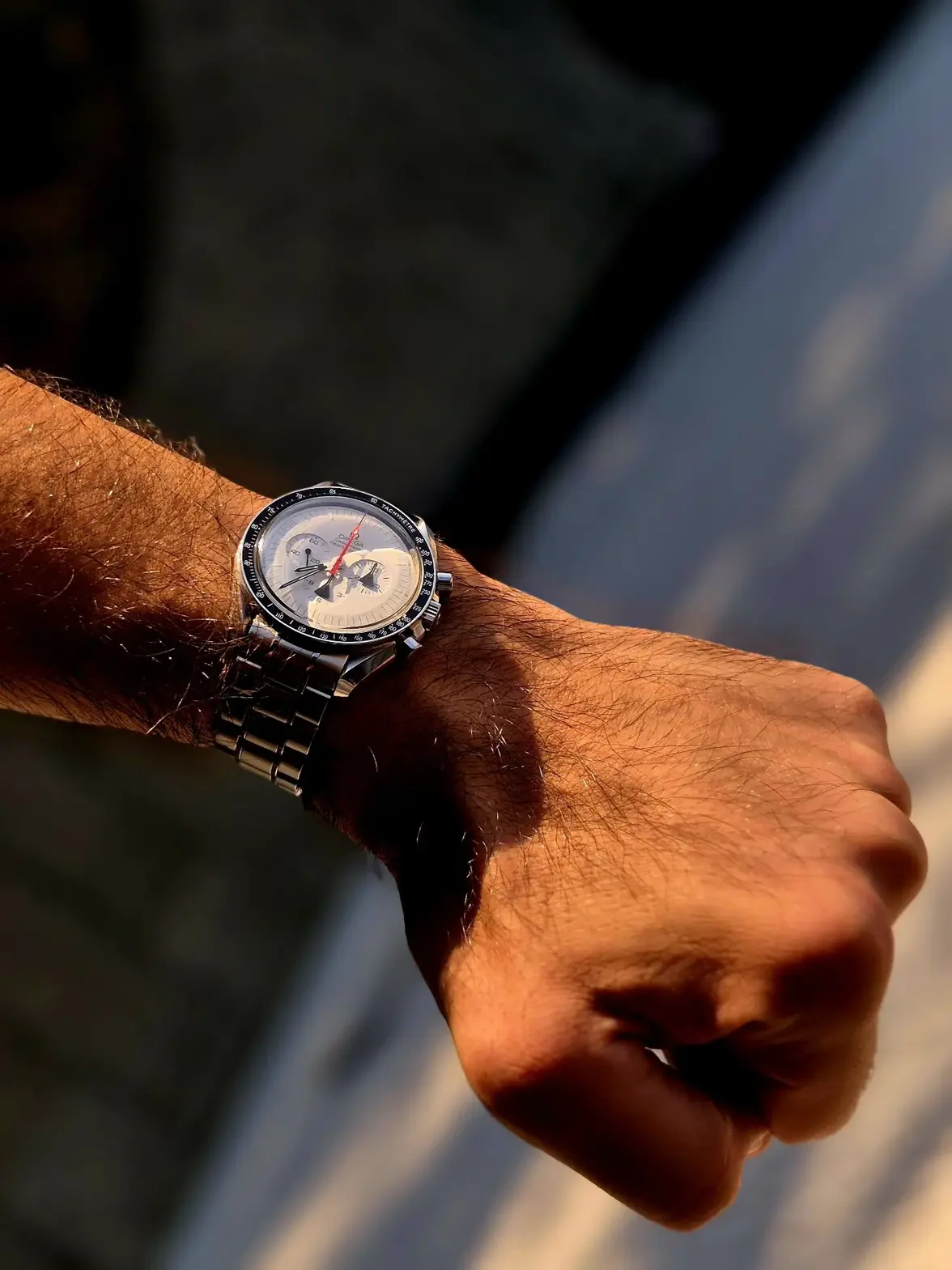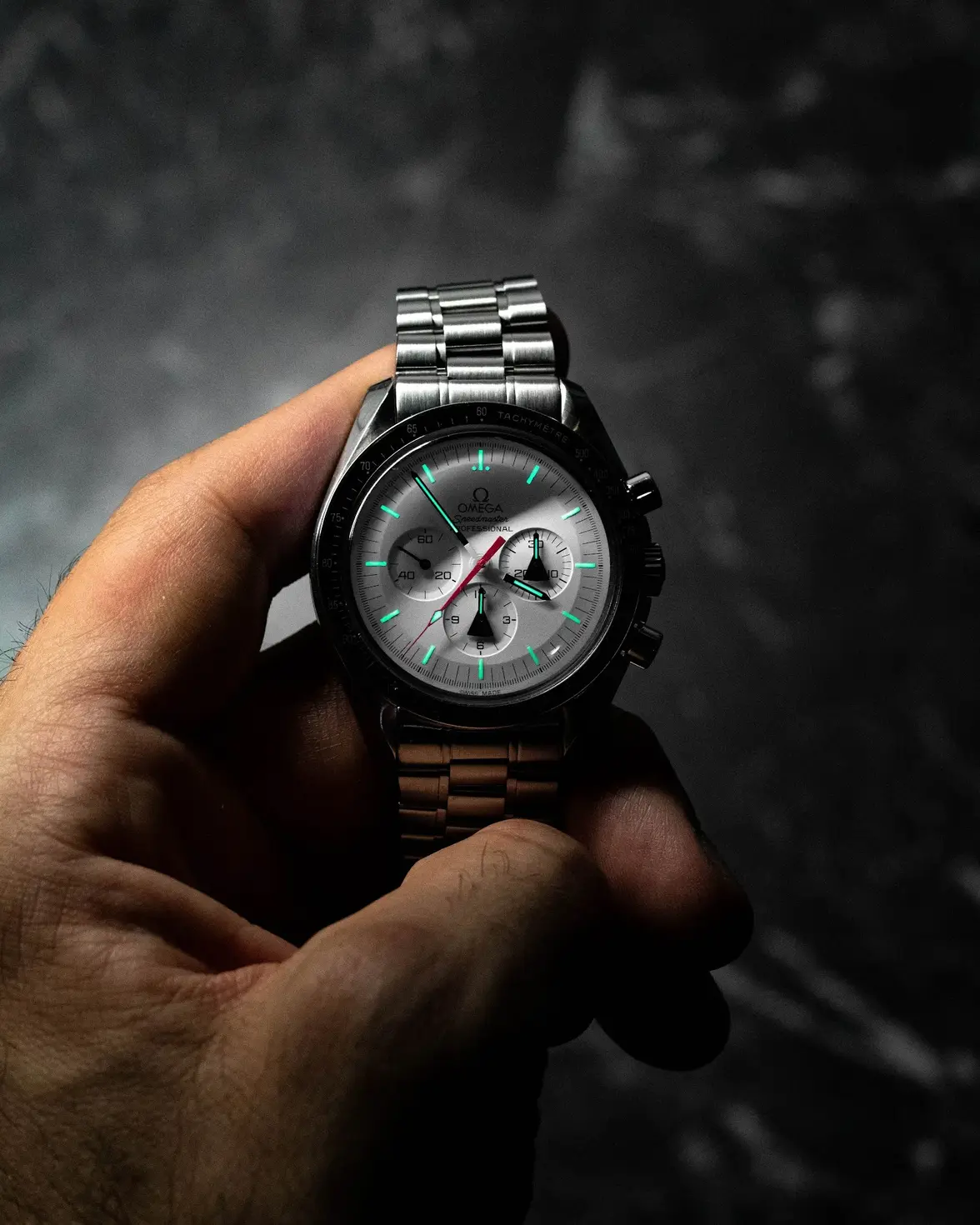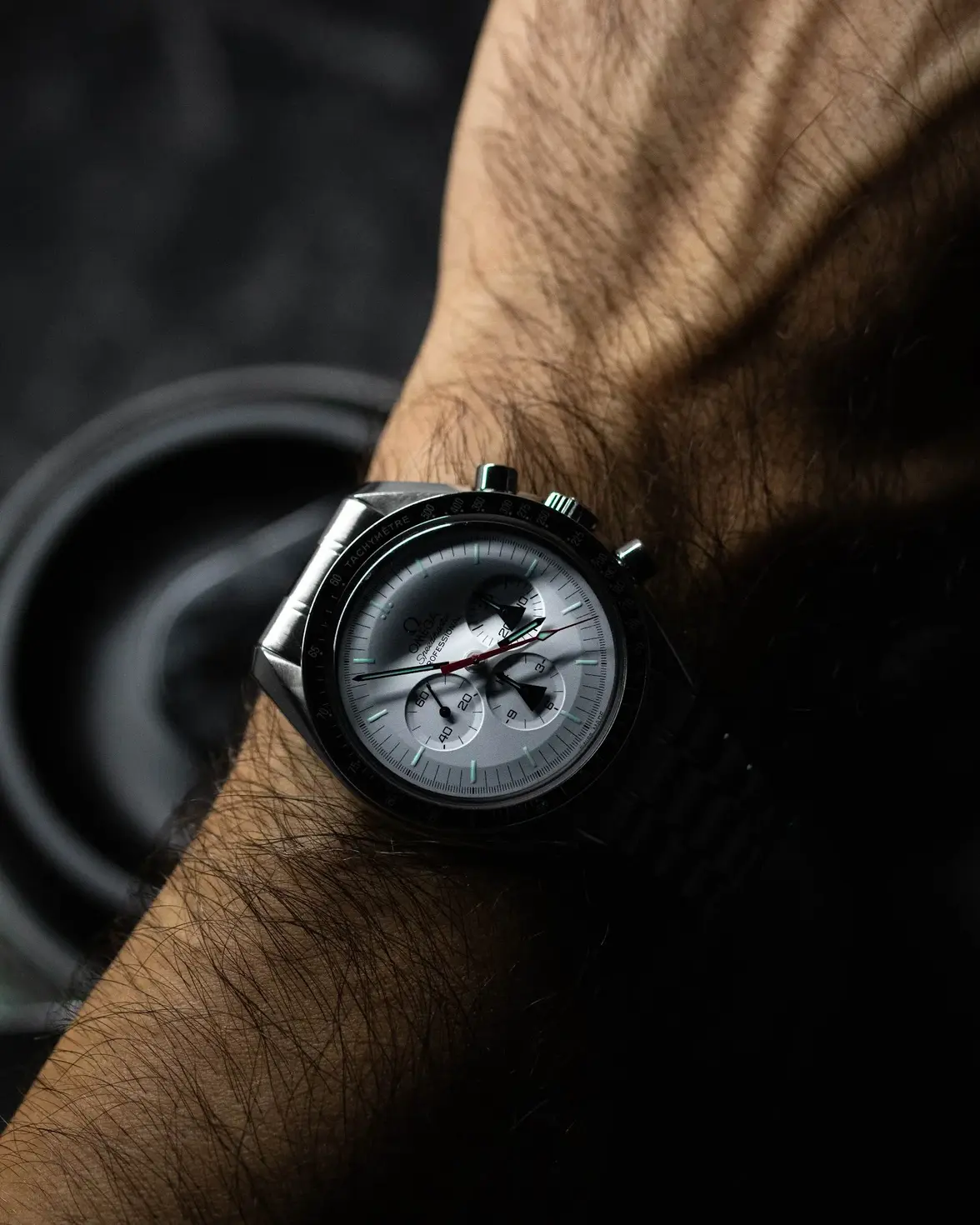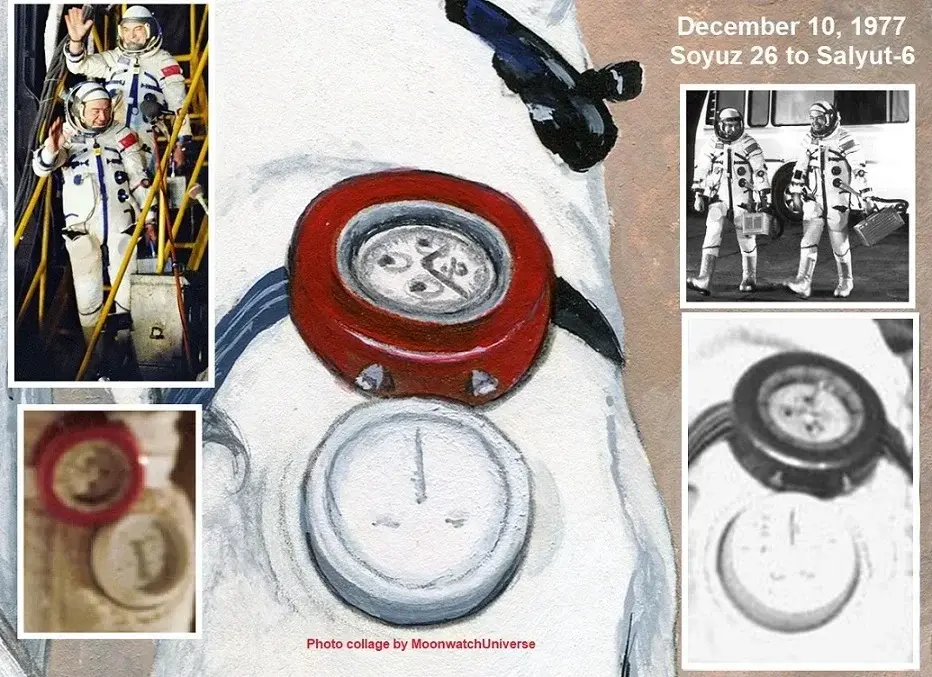Nono01
·Little something for this #SpeedyTuesday
In 1969, after the Moon landing, NASA wanted more. They asked Omega to design a Speedmaster that could survive the most extreme temperatures in space - from blistering heat to the freezing void. The answer was the Alaska Project.
With its pure white dial for maximum legibility and a bright red anodized aluminum heat shield, it was engineered to handle conditions as low as –148°C and as high as +260°C.
Of course, the project never went into full production for astronauts - but it left behind one of the most fascinating chapters in Speedmaster history.
Today, this watch doesn’t ride rockets or orbit Earth. It just sits on my wrist, reminding me that sometimes the boldest ideas are too good to stay classified
In 1969, after the Moon landing, NASA wanted more. They asked Omega to design a Speedmaster that could survive the most extreme temperatures in space - from blistering heat to the freezing void. The answer was the Alaska Project.
With its pure white dial for maximum legibility and a bright red anodized aluminum heat shield, it was engineered to handle conditions as low as –148°C and as high as +260°C.
Of course, the project never went into full production for astronauts - but it left behind one of the most fascinating chapters in Speedmaster history.
Today, this watch doesn’t ride rockets or orbit Earth. It just sits on my wrist, reminding me that sometimes the boldest ideas are too good to stay classified
